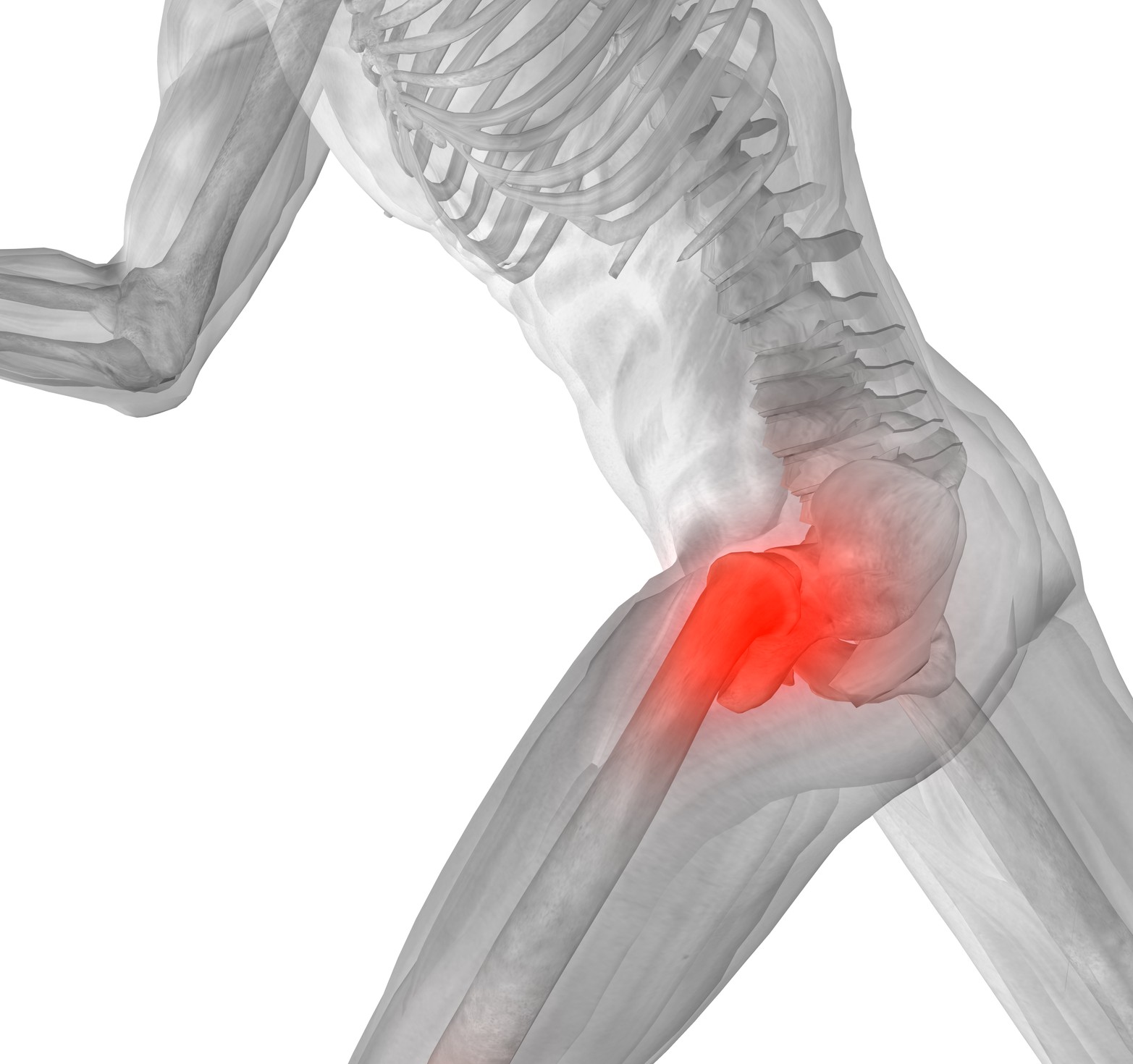Nutrition plays such an important role in our pregnancies and post-partum periods. Breastfeeding requires time…

Hip Pain: How To Treat it and Why
As a specialist in the pelvic floor, I see pain that resides anywhere from the lower ribs to the knees. We see a lot of patients who develop persistent hip pain, see several physicians and are referred to a physical therapist. These patients go through months – sometimes years – of physical therapy, joint injections, acupuncture and massage but continue to suffer from hip pain. Some of these patients end up having surgery, some do not. By the time they find us they feel hopeless, frustrated and worried they many never get back to the activities they love.
What is really going on? The Pelvic Floor musculature is a very important muscle group for stability in the human body. It works alongside the abdominals and deep spinal muscles to provide good trunk stability so that the legs and arms are able to function on a stable base. The Pelvic Floor shares a direct connection to the hip through the Obturator Internus muscle. Making it even more important to consider in patients with hip pain or surgeries.
The Obturator Internus is connected to the pelvic floor through fascial and tendon attachments. It is part of a group of muscles in the deep hip, which rotate the hip joint, but also help stabilize the hip joint in single leg stance activities like walking, running, climbing stairs. When the pelvic floor is not functioning at 100%, the Obturator internus loses a mechanical advantage affecting the entire hip joint stability and control.
The Obturator Internus is a deep muscle, which is best assessed through a vaginal or rectal exam, along with the pelvic floor muscle group. The two go hand in hand. If the pelvic floor is overactive and painful, one or both Obturator Internus muscles are as well. Often the pelvic floor is weak, and because of this the Obturator Internus is overactive in order to over compensate for the weakness. As well, this muscle will become over active when the gluteal muscles are weak in attempt to provide some control at the hip and pelvis..
Pain from the Obturator Internus is generally felt at the “Sit Bone” and radiates into the buttock and groin. It is often mistaken for medial hamstring pain. lIt is often overlooked by physical therapists because it is so deep in the hip, and it is not a muscle often readily discussed in PT programs or continuing education courses. Unfortunately because of this, patients end up in several bouts of PT with poor outcomes.
How is it treated? Often trigger point release to the Obturator Internus combined with addressing the pelvic floor dysfunction and restoring healthy muscle balance to the pelvic girdle will allow for gradual return to activities like hiking, running, biking and swimming. Trigger point release can be done vaginally, rectally or externally using dry needles. Muscle balance is addressed through the correct combination of strengthening and stretching and is individually tailored for each patient.
Individual program is key. You need a physical therapist who will consider you, your muscle patterns and your activity level and develop a program that fits you. Every person is different and so are our movement strategies. The way I bend to lift a heavy box, might look just a little different for you. What is important is that we restore mobility within a certain element of stability and no pain!
At Foundational Concepts, our physical therapists are specially trained in the pelvic floor. We are able to mesh pelvic floor pt with the rest of your body to stop that persistent hip pain that many others have missed.
-Sarah Dominguez, PT, MSPT, CLT, WCS




